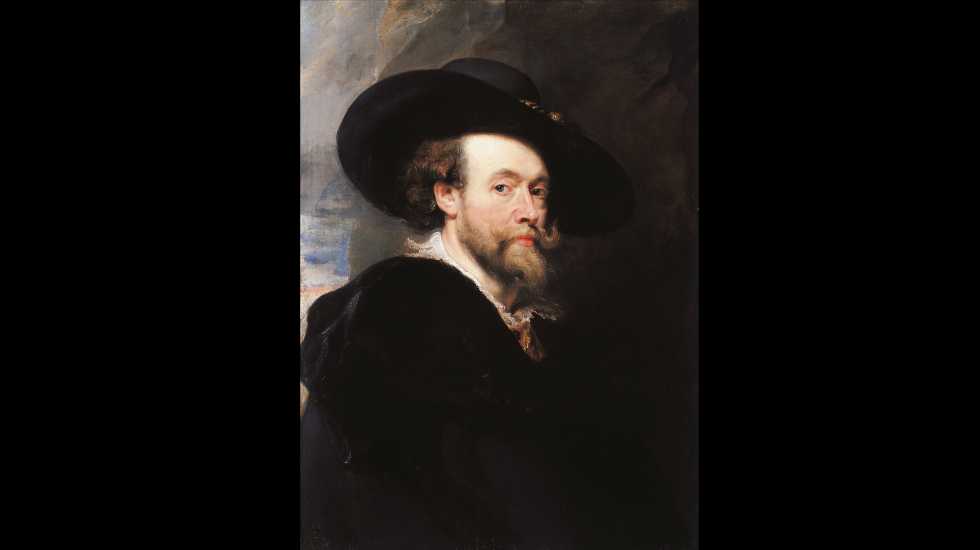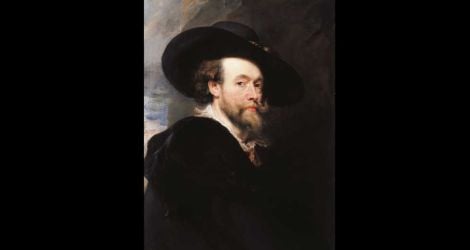Rubens oil painting reproductions hand-painted on canvas
Massively Talented Artist — Fantastically Accurate Replica
Oil paint on Cotton Canvas — Exclusive Customer Services

Massively Talented Artist — Fantastically Accurate Replica
Oil paint on Cotton Canvas — Exclusive Customer Services


"Gentleman" artists like Peter Paul Rubens were the ideal. He was hardworking, professional, and able to get along with people in both art and politics. He was the perfect example of a good courtly painter in the 1600s, living his own life with the same level of luxury and excellence as his clients. He is known for combining his skill with Flemish realism with the traditions of the Italian Renaissance to create a strong and lively style that embodied the very popular Baroque movement, which was pushed by the Counter-Reformation to bring back the Catholic Church's grandeur.
This style put an emphasis on movement, color, drama, and sensuality. It gave painting a new lease on life after a time when art was more conservative. The style of painting women that Rubens is known for was called "Rubenesque," and many people still use it to describe curvy bodies.
Rubens is best known for his powerful works that draw on elements of both ancient and Christian past. His altarpieces, portraits, and landscapes with mythological and symbolic themes really show what people were worried about and how things were in the time he lived in.
Along with Raphael, Rubens was a key figure in bringing the idea of a successful artist's studio into everyday language. His big studio in Antwerp was where many of the paintings that European royalty and art buyers loved were made. A lot of artists and apprentices worked in his busy workplace and helped him get a lot of work done quickly.
As well as being a great artist, Rubens was also a great negotiator because of his friendly personality and smart business sense. At a time when religious leaders were closely watching paintings to make sure they correctly emphasized the church's importance above all else, these friendly traits may have given him more poetic freedom in his work than artists who weren't as friendly.